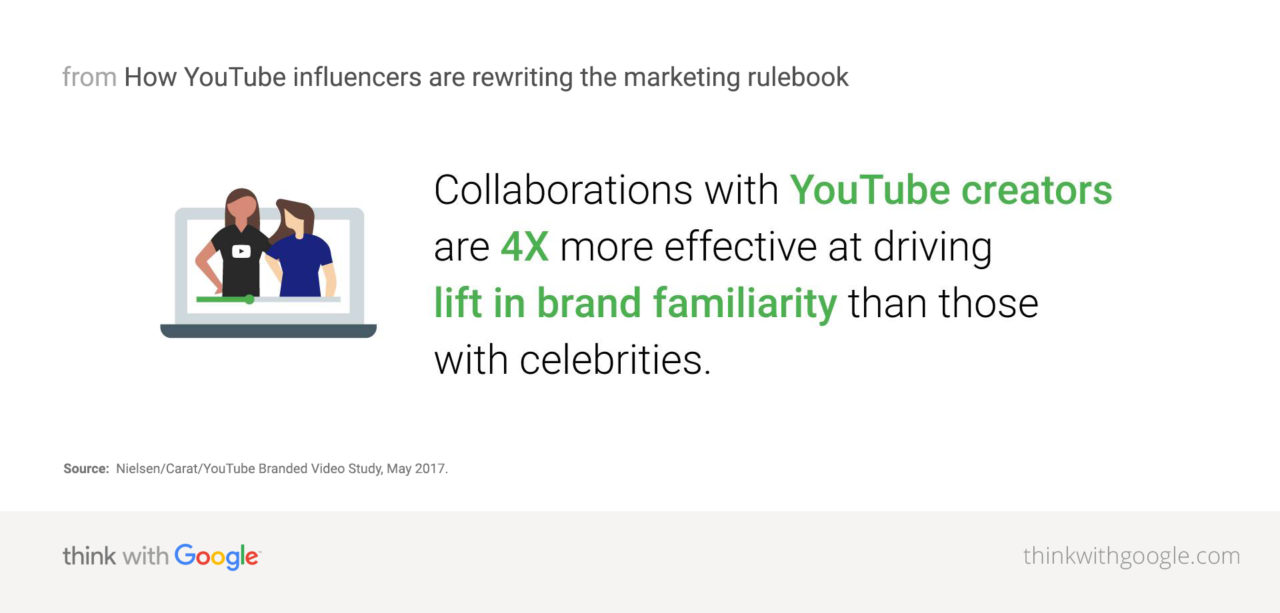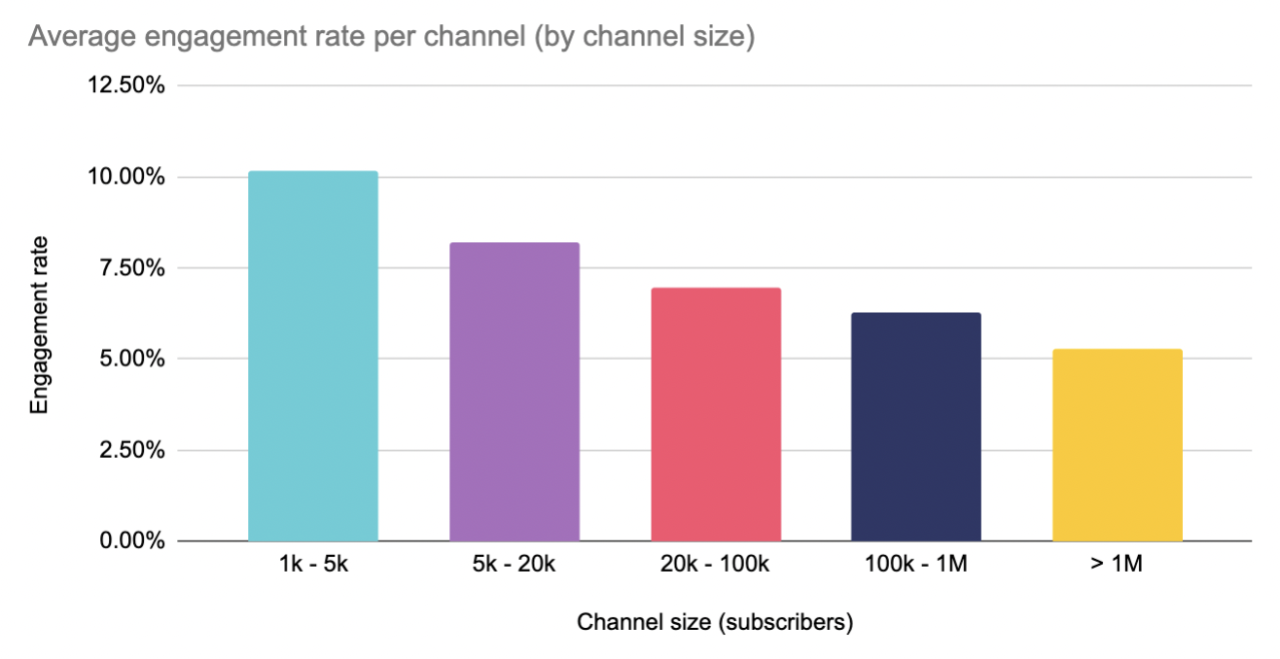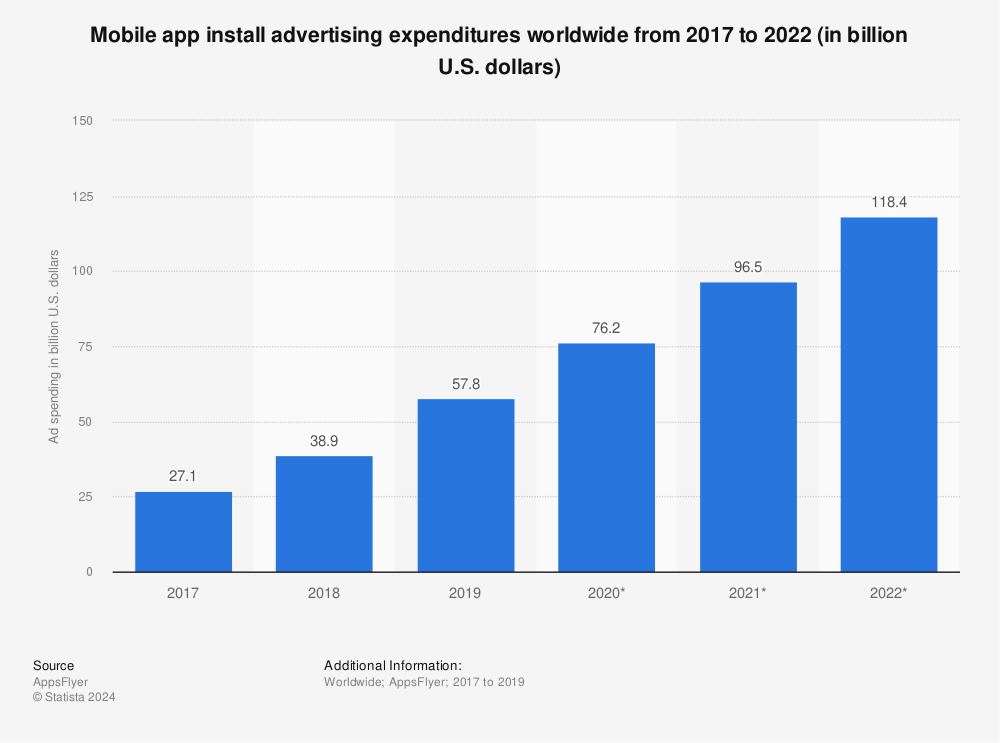In Q1 of this year, Unity suffered a massive hit to ad revenue due to malfunctions in their performance marketing solutions (around $110M in 2022 by their own estimates). The damage was massive, wiping out more than 5 billion from the company’s market value after the earnings announcement.
This event serves as the perfect example of why user acquisition managers need to diversify their strategies beyond traditional acquisition methods. In this post, we cover some of the biggest challenges facing user acquisition managers, and how strategies must change to future-proof UA efforts.
A one-trick pony never wins the race
The problem is simple: today’s performance marketers are addicted to online ads powered by 1st and 3rd party data to fuel their user acquisition. While this has brought excellent results, and will remain a valuable tool in the future, relying solely on this strategy is essentially setting you up for failure if – and when – things like access to data or user preferences change (or something goes wrong like in Unity’s case).
While user acquisition has relied more and more on data-fueled advertising, the number of apps and the size of UA budgets have also exploded. This means potential app users are getting increasingly bombarded by app ads, making them ever more fatigued by these marketing tactics.
Remember, the first-ever banner ad had a click through rate of 78%, whereas nowadays the figure is probably closer to 0.1% or even lower! Nothing lasts forever, especially in the world of online marketing. Hoping things stay the same is not a strategy, and in the increasingly privacy focused online world things are bound to change.
The privacy-first world offers no shortcuts
In the post-IDFA world, Unity’s Pinpointer seemed like the perfect solution: it uses ad models that don’t rely on Apple’s data, using signals like end user’s engagement to allow advertisers to optimize towards retention or in-app revenue when advertising inside other apps.
However, it turns out the system wasn’t without problems. It didn’t perform as expected due to an unspecified bug and the system “ingesting bad data from a large customer”. While Unity has stated that they are able to fix this, it will take time to sort out the bugs and retrain machine learning. Ultimately, only time will tell if the system continues to perform according to expectations in the future.
While this particular hurdle might be overcome, it goes to show that the current rapidly-developing, privacy friendly, consent-based environment that discourages detailed tracking methods is far from risk-free when it comes to user acquisition.
Apple has already introduced their initial tracking restrictions and Google has confirmed it is phasing out 3rd party cookies in 2023, but the changes certainly won’t stop there. The only way to future-proof your user acquisition strategy is to start exploring new acquisition channels that do not overly rely on invasive tracking and take advantage of current developments in user behavior.
With ever-increasing clutter, users turn to authentic and reliable sources of information
As if tracking restrictions weren’t challenging enough, the market is getting more and more cluttered, with millions of new apps getting released every year.
This makes it ever harder for gaming and app advertisers to stand out from the crowd and succeed in user acquisition. The clutter of apps and games, complemented by an avalanche of money poured into performance marketing has also resulted in potential players getting more and more jaded towards traditional online ads.
On the other hand, it has also caused audiences to become more receptive to things like user-generated content and creator recommendations.

Source: Think with Google research
Content creators are the only medium that converts while standing out from the clutter. Creators are authentic, but not too salesy. They have a personal style that stands out. Their recommendations are seen as expert advice so it effectively converts potential users. In short, working with creators is the perfect solution for standing out, diversifying efforts, and reducing the risks of over-reliance on traditional online ads.
Content creators help you inform and acquire new users
Content creators of all sizes are massively increasing their popularity. The most popular gaming channels on YouTube already have tens of millions of subscribers. But small- and midsize creators are actually already even more powerful in the aggregate than the big stars. They possess an even more loyal and engaged following than the superstars.

While still in its infancy, sponsorships and collaborations with creators and influencers are already the fastest-growing marketing method in the world. The industry size is estimated to reach over 16 billion dollars in 2022 and will form a third of all digital marketing by the end of the decade.
With creator popularity constantly on the rise, the time for user acquisition managers to start working with them is now. The most successful user acquisition managers will be the ones that successfully diversify risks and do not put all their eggs in one basket – i.e. traditional performance marketing.
Every advertiser wants an edge on their competition. But you need to learn to walk before you can run. You should aim to become an early mover in collaborating with creators. This will let you learn what performs, how to effectively work with creators, and how to address your potential users in this medium before the competition starts intensifying. So can you afford not to explore creator marketing?
Get started with our industry guide
At Matchmade, we have worked with creators and advertisers of all sizes for years, and this has led to us accumulating a massive amount of learnings. To help advertisers get started, we condensed the essentials into an ebook.
So if you are interested in learning more about the industry, how to get started, how to scale influencers as a channel, and much more, download our ebook below.





